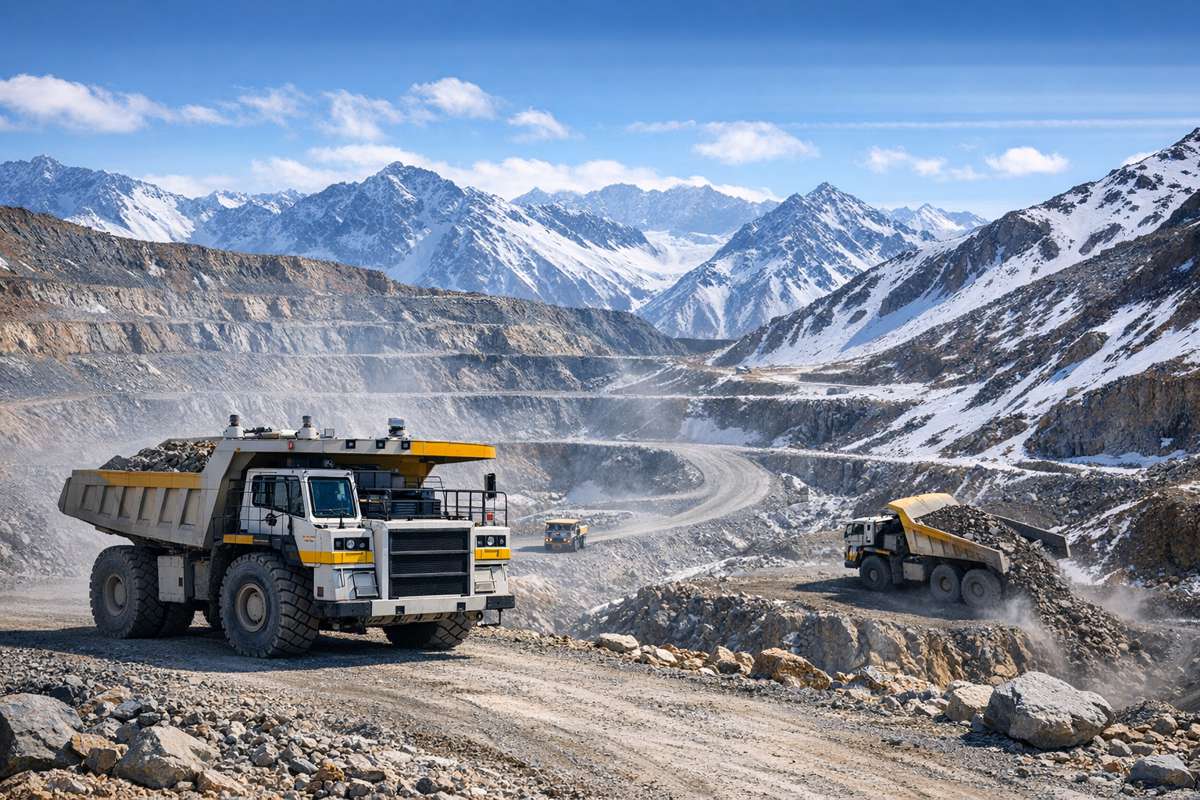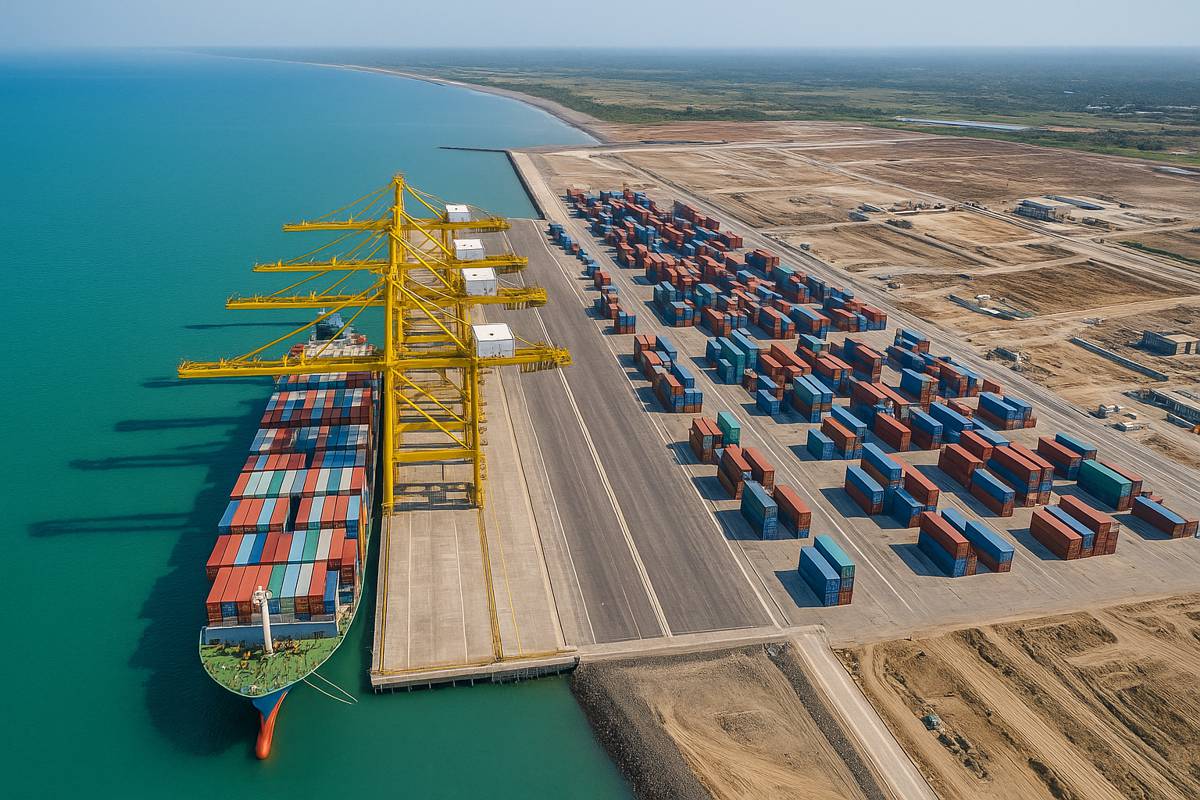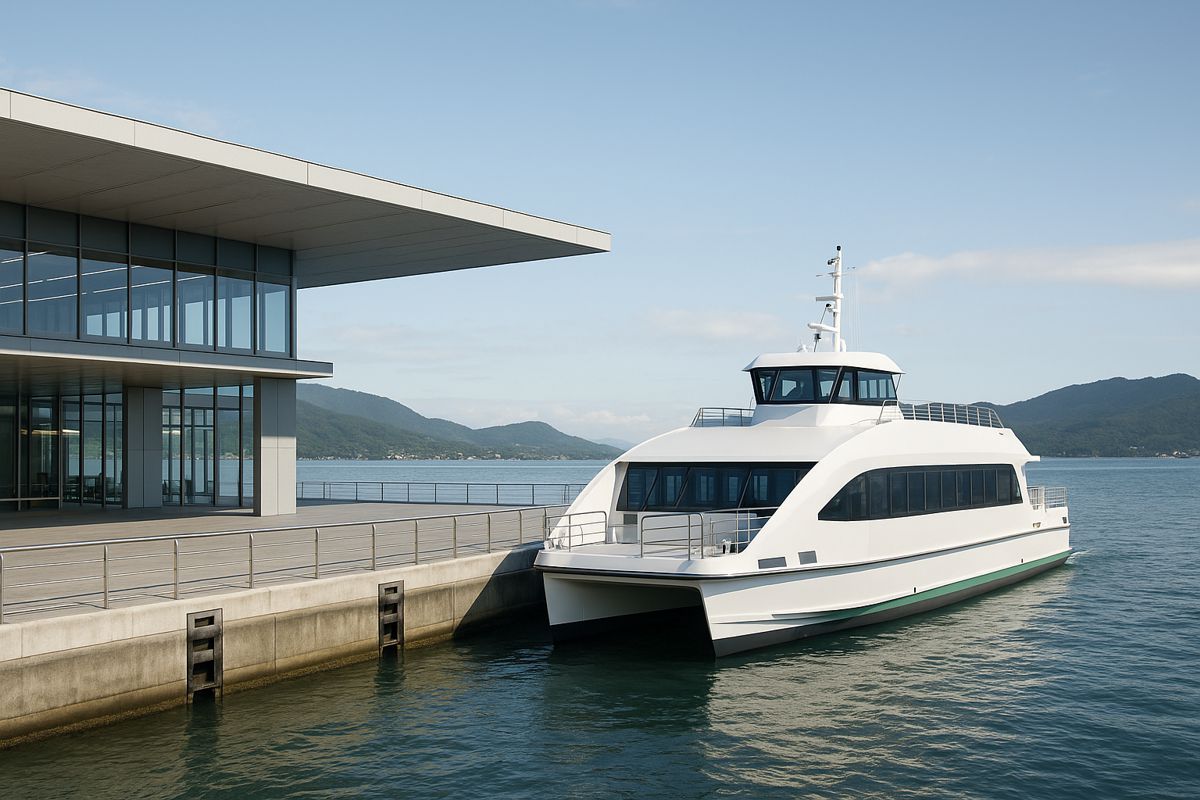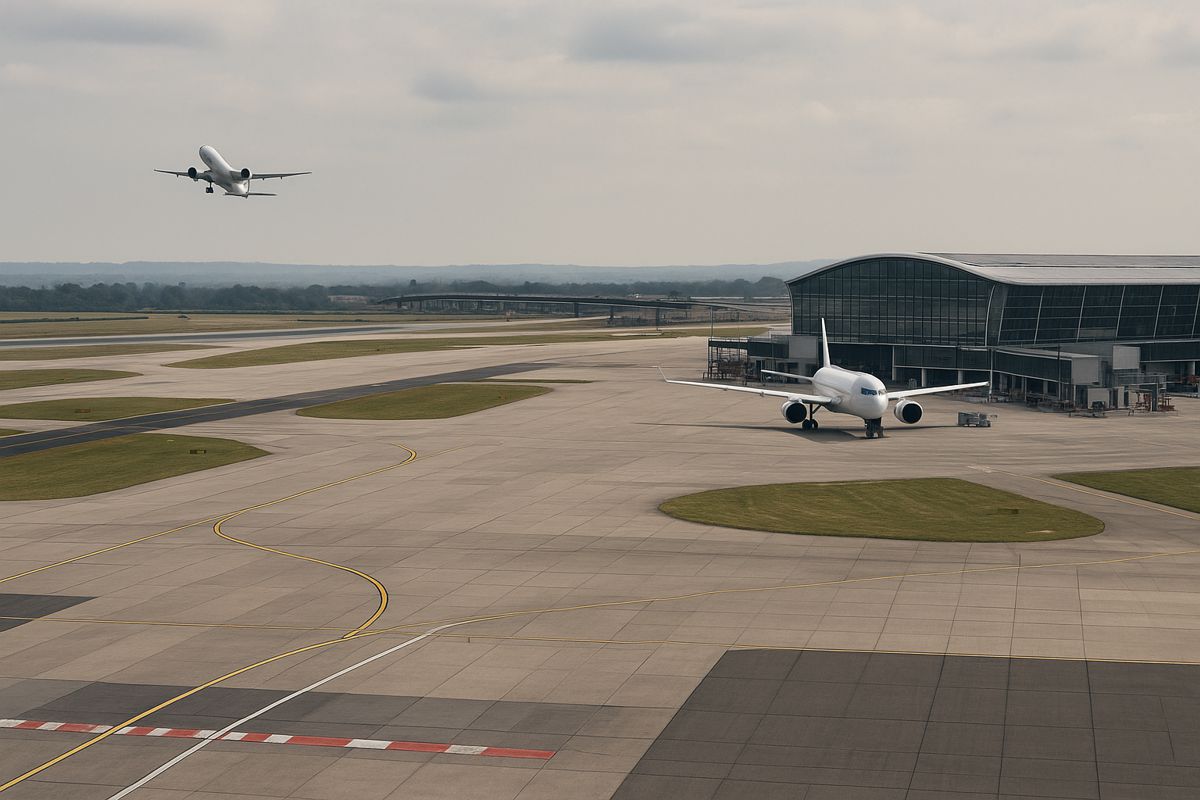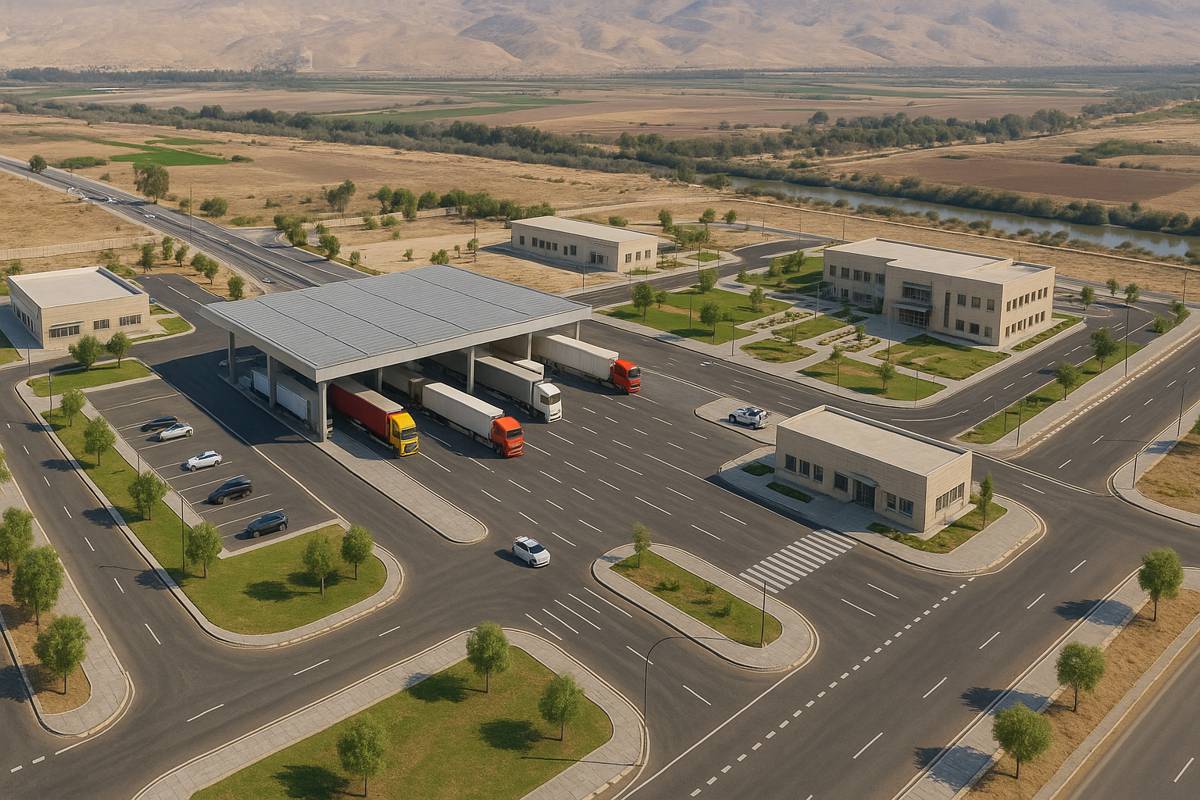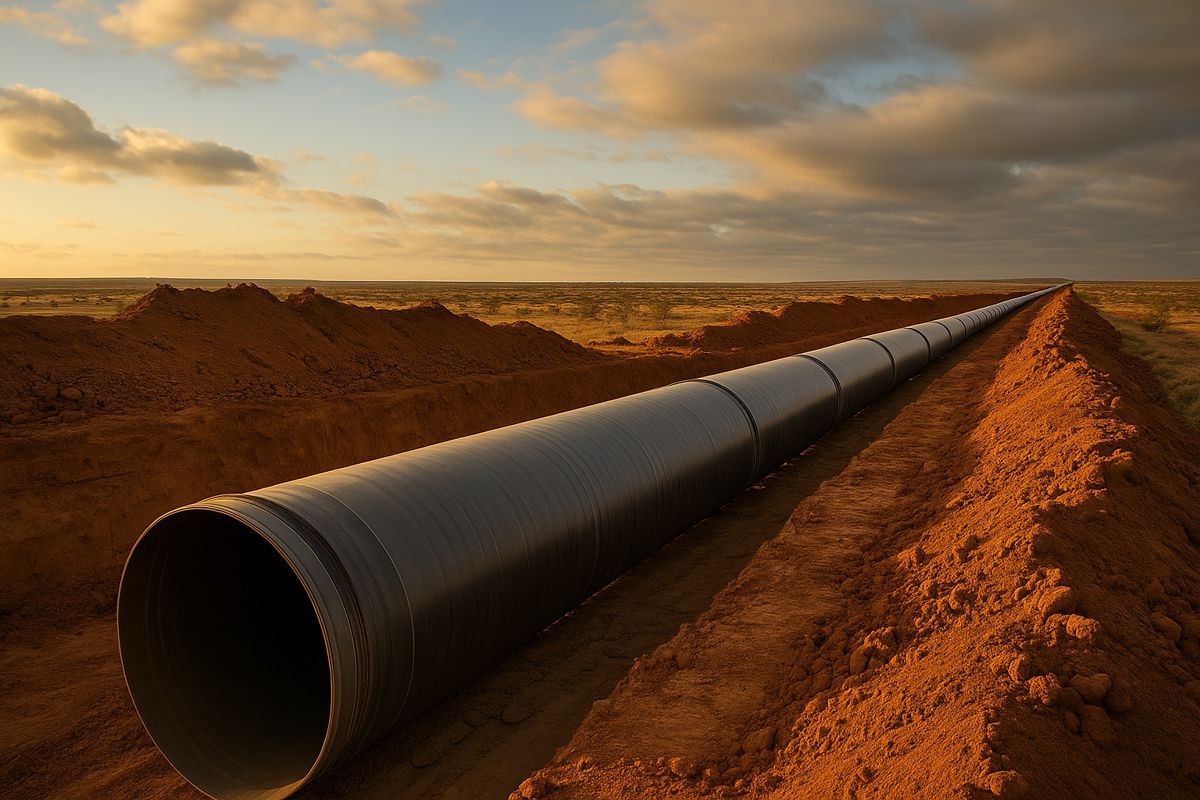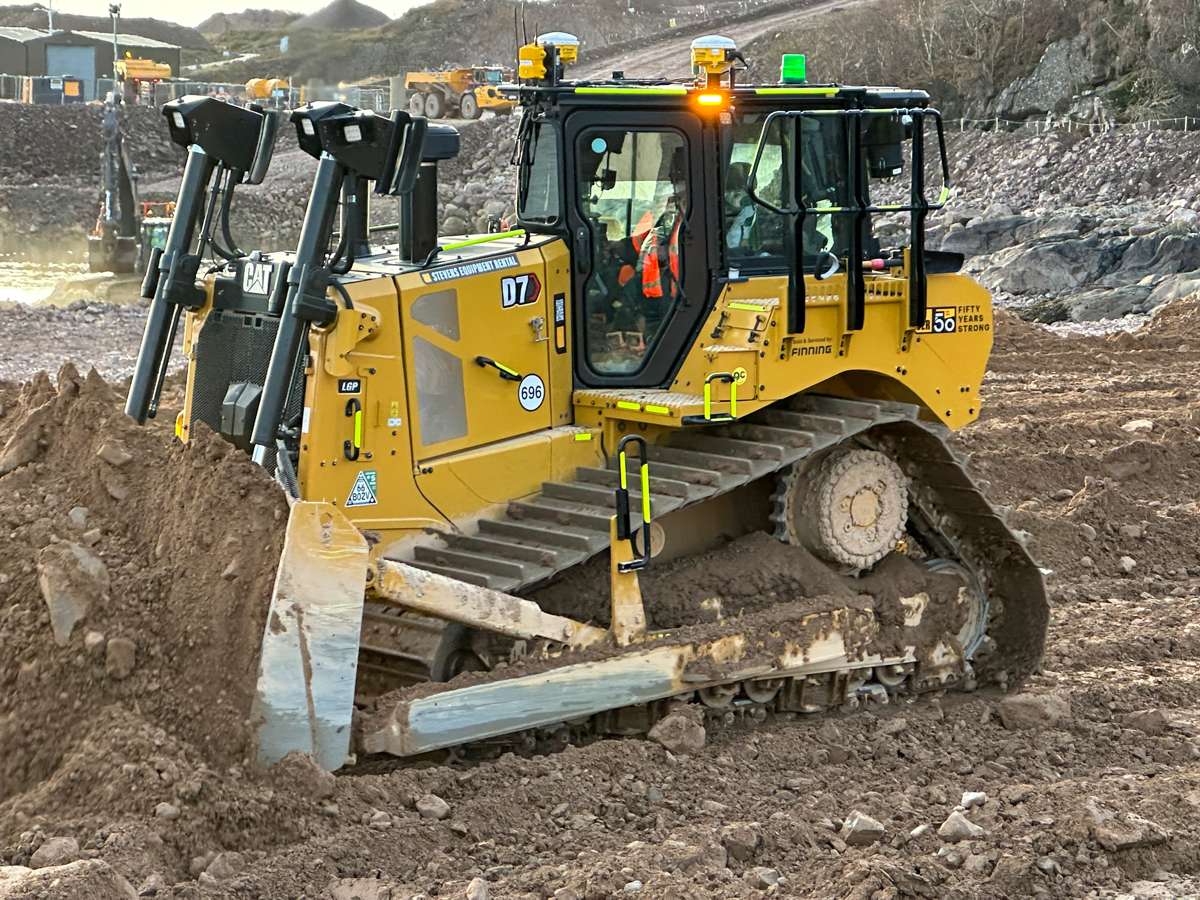Modern Safety Helmet Standards Are Rewriting Construction Safety
The construction industry knows risk all too well, yet sometimes it takes a tragic turning point to force real change. For seasoned construction professional Scott Greenhaus, that moment came in 2018 with the devastating Miami pedestrian bridge collapse. A veteran with more than four decades in the field, Greenhaus witnessed a catastrophic failure that claimed six lives, including a colleague, and forever reshaped his view on worker head protection.
When he arrived at the scene, one chilling image stood out: hard hats scattered beneath the rubble. It sparked a realisation that traditional protective gear, long taken for granted, may not be doing enough. As Greenhaus explained: When we got to the site, we noticed their hard hats were all lying on the ground where the structure came to rest. So we looked into it and said: ‘Wow, we’ve got to change the way we do business from here.’
That commitment became the foundation for Hats to Helmets, an initiative urging the shift from traditional hard hats to modern safety helmets with enhanced impact protection. Now, seven years later, ground-breaking research from the Virginia Tech Helmet Lab is putting science behind the movement, offering the world’s first independent safety rating system for construction helmets.
A Data-Driven Leap Forward
In September, Virginia Tech revealed its pioneering rating system, grounded in real-world fall mechanics rather than outdated lab assumptions. The research compared traditional Type I hard hats with Type II helmets, which feature internal energy-absorbing materials designed to manage both top and side impacts.
The findings are striking. According to the lab’s director, Steve Rowson: Our findings show that choosing a Type II helmet can save lives. The difference in protection during a fall is dramatic.
The numbers reinforce his point:
- Switching to Type II helmets cuts concussion risk by 34 percent
- Risk of skull fracture drops by 65 percent
- Top-rated helmets achieved reductions of up to 48 percent for concussions and 77 percent for skull fractures
This kind of evidence-based insight is a game-changer for an industry where falls remain the leading cause of worker fatalities.
Understanding the Scale of the Problem
Falls, slips, and trips continue to plague construction sites worldwide. In 2023 alone, construction represented 1 in 5 workplace deaths in the United States, with 47 percent of fatal falls across all industries occurring in construction, according to the U.S. Bureau of Labor Statistics.
Traumatic brain injuries (TBIs) are particularly devastating, accounting for 60 percent of fall-related fatalities in the sector. Yet current industry standards still test helmets at energy levels far lower than what workers face in real scenarios.
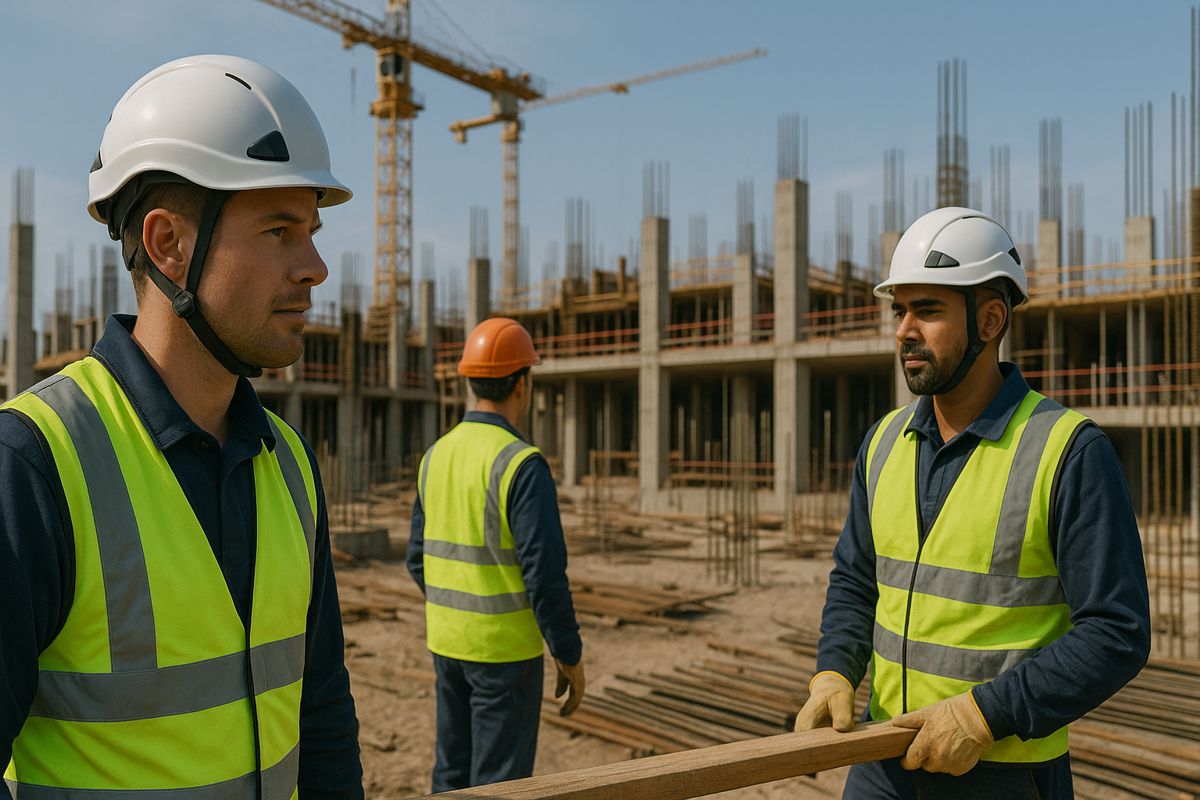
Testing Built on Reality, Not Assumptions
To build a meaningful rating system, Virginia Tech’s researchers recreated falls from heights of 14 and 25 feet, focusing on what they termed “severe but survivable” impacts. Their rigorous STAR (Summation of Tests for the Analysis of Risk) methodology evaluated nine Type I and seven Type II helmets.
The testing reflects real jobsite environments rather than controlled lab conditions. That distinction matters, as Rowson noted: traditional hard hat standards measure impacts at roughly one-third of the energy levels his team used.
Industry veteran Greenhaus believes this independence is crucial: To have something independent [of industry ties] to discuss the science behind what’s being done with helmets, we really haven’t had that before. It will give us another arrow in our quiver to make the case for the transition to construction helmets.
Building Momentum Across the Industry
This research is supported by leading industry organisations, including the John R. Gentille Foundation, ELECTRI International, the Association of Union Constructors, and the American Society of Concrete Contractors. Their goal is clear: accelerate safety innovation and give contractors the evidence they need.
Alex Kopp, director of environmental health and safety for the Association of Union Constructors, highlighted the value for decision-makers: These ratings are incredibly important. Virginia Tech brings the research expertise necessary to evaluate helmets from multiple manufacturers objectively. These independent ratings will give them the data they need to make informed choices that prioritise worker protection.
Adoption, Fit and Next Steps
The lab isn’t stopping at ratings. Rowson emphasises that correct fit and proper chin-strap use are essential. Many workers still resist chin straps, yet without them, even the best helmets can be dislodged during a fall.
The lab intends to expand its programme to include testing against falling object impacts, another vital hazard in construction environments. With updated scoring as new helmets enter the market, the rating system will stay current and informative.
Industry leaders expect the ripple effects to extend from procurement desks to global standards. As Greenhaus observed: It will certainly, I think, lead to better quality helmets, which means safer helmets. And I think it will help people who are on the fence with their buying decisions. We don’t want them to just buy on price alone, because that’s not always the best solution.
Proactive Worker Protection Strategies
Although this initiative began in the United States, its implications stretch far wider. European and Asia-Pacific markets are already adopting more advanced safety gear, and global infrastructure players are under pressure to demonstrate proactive worker protection strategies.
Major contractors, insurers, and safety bodies are increasingly focused on mitigating head injury risks. Tech-enabled helmets with integrated suspension systems, sensor technology, and advanced padding are gaining traction.
Globally, regulatory authorities are watching closely. As predictive analytics, site digital twins, and real-time safety monitoring become mainstream, head protection will form a key piece of connected site safety.
A Safer Future Begins With Better Helmets
This moment marks a cultural shift. Hard hats have been an industry symbol for over a century, yet tradition alone cannot protect today’s workforce. Modern helmets with built-in energy-absorbing systems offer measurable, life-saving benefits.
Forward-thinking companies are already mandating Type II helmets for their crews. Momentum is building, and with independent research, safety leaders now have compelling evidence to drive change.
Creating a Safer Tomorrow
The construction sector thrives on innovation. Whether through digital engineering, smarter materials, autonomous machinery, or improved PPE, progress never stops. Protecting workers’ brains may be the most fundamental innovation of all.
With rigorous science, cross-industry support, and growing global momentum, the shift from hard hats to high-performance helmets is no longer optional. It is the future.
Workers deserve nothing less.









